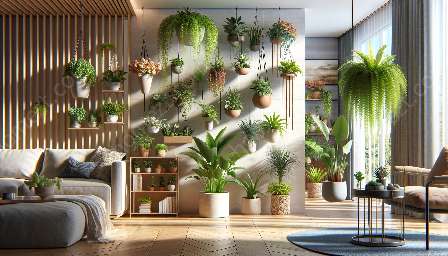Indoor gardening provides an excellent opportunity for educational integration, offering a hands-on approach to teaching children about plants, nature, and the environment. This innovative topic cluster explores the benefits of incorporating indoor gardening into educational settings, its connection to traditional gardening, and engaging activities that promote learning and skill development.
Benefits of Indoor Gardening in Education
Indoor gardening offers a range of benefits for educational purposes, making it a valuable tool for teachers, parents, and educators. It provides a practical and engaging way to teach children about plant life cycles, ecosystems, and the importance of environmental stewardship. Through indoor gardening, students can develop important skills such as responsibility, patience, and an appreciation for nature. Furthermore, it fosters a sense of curiosity and exploration, encouraging children to ask questions and seek answers about the natural world.
Connection to Traditional Gardening
While indoor gardening takes place within the confines of a controlled environment, it shares many similarities with traditional gardening. Understanding the connection between indoor and outdoor gardening can help children grasp the broader concepts of plant growth, soil, water, and sunlight requirements. By drawing parallels between indoor and outdoor gardening, educators can provide a comprehensive learning experience that extends beyond the classroom.
Engaging Educational Activities
To enhance the educational experience of indoor gardening, various activities can be integrated to promote learning and skill development. These activities may include seed planting and germination experiments, observation and journaling of plant growth, creating a mini indoor garden ecosystem, and conducting research on different plant species. Additionally, educators can organize hands-on workshops, where children can learn about plant propagation, composting, and sustainable gardening practices.
Conclusion
The educational integration of indoor gardening presents a unique opportunity to foster a deeper understanding of the natural world and environmental sustainability. By incorporating indoor gardening into educational settings, children can develop a lifelong appreciation for plants, nature, and the interconnectedness of all living organisms. Through hands-on experiences and interactive activities, indoor gardening becomes a powerful tool for nurturing curiosity, fostering responsibility, and promoting environmental consciousness.



